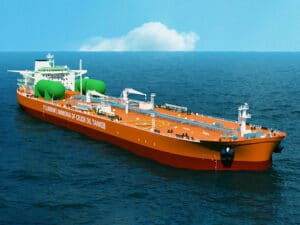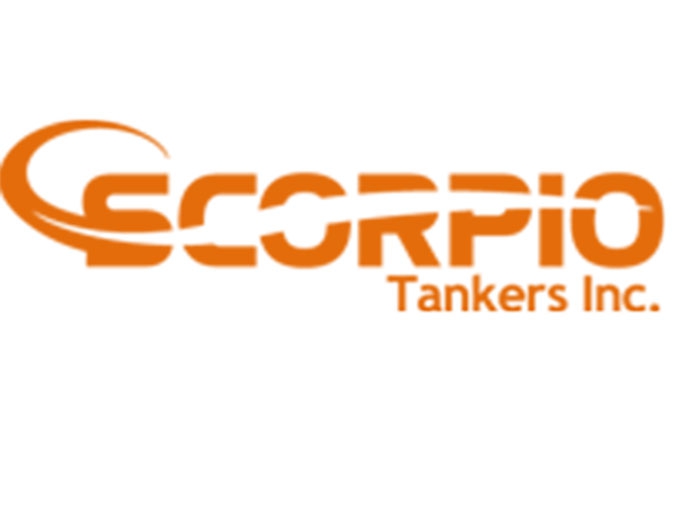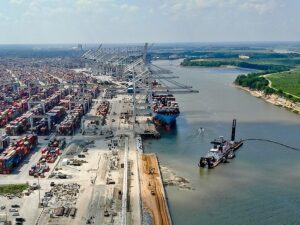
Why Scorpio Tankers is in no hurry to fit scrubbers
Written by Nick Blenkey
JUNE 20, 2018 — Products tanker operator Scorpio Tankers Inc. (NYSE:STNG) says that, at this time, it plans to comply with the IMO January 1, 2020 cap on sulfur in marine fuels by burning compliant fuels with <0.5% sulfur and not by fitting exhaust gas scrubbers.
In a recent company presentation, Scorpio notes that scrubbers can cost $3-$5 million to install, depending on the size of the ship an that the analysis of scrubbers favors liners and/or larger ship types, while, the analysis for smaller and/or tramp traders is less clear.
Regulatory, technological, and supply/pricing risks are also relevant and largely argue against scrubbers, says Scorpio, adding that “the demand and fuel-efficiency stories are more relevant to the product tanker segment than the yes/no scrubber decision.”
Still, Scorpio continues to evaluate scrubbers, though it does not see a compelling argument to install them today.
It says that its 100% Eco tanker fleet benefit from fuel savings compared to older less efficient vessels, giving them a competitive advantage under IMO 2020 conditions.
Scorpio Tankers sees the 2020 fuel cap creating increased demand for product tankers, because high sulfur fuel oil (HSFO) is a dirty cargo carried on crude tankers whereas compliant fuels (MGO/LSFO) are “clean cargoes” carried on product tankers
BWTS
The company notes that IMO will require all vessels trading internationally toinstall ballast water treatment system (BWTS) after September 8, 2019 at their next special survey.
It says that the expected cost is $0.5 million to $1.5 million depending on the type and size of vessel.
Retrofits on older, existing ships, can be more challenging and expensive as they were designed without the space in the engine room.
This, says Scorpio, is a potential “push” factor in the scrapping of older tonnage.





Leave a Reply
You must be logged in to post a comment.